Do you really know “explosion proof” ?
 Jul 26,2016
Jul 26,2016

 JLKJ
JLKJ
Do you really know “explosion proof” ?
Explosion proof is a technique for operating equipment safely in areas where explosive gasses (such as hydrogen or hydrocarbons - methane, propane etc) may be present.
Metal tools may spark and ignite gases. Electrical equipment such as switches and relay contacts may spark in normal operation. Other equipment may have voltages and currents high enough to spark if accidentally shorted.
Contrary to other answers, Explosion proof does not mean it doesn't spark!
Explosion proof means that the items that may spark are isolated in conduit or explosion proof boxes that will contain the resulting ignition repeatedly and not allow it to propagate outside the box. To this end the box must be very heavy cast steel with precision ground mating surfaces and lots of bolts at joints with sufficient depth and minimal gap to quench escaping hot flames below ignition. Or threaded joints that quench flames from going around the threads. The boxes are not airtight and it is presumed they contain explosive gas vapors. If the volume is small the explosive force it must contain is significant but not huge.
Here are some explosion proof products:
The boxes then house switches, relays and electrical items with high voltage that may operate in classified hazardous areas.
There's a huge amount of associated regulations for these areas that can exist in refineries, oil production and drilling locations, compressor stations, chemical plants, etc.
Usually lighting requires electrical energy sufficient to cause ignition. Explosion proof lighting would require these components: explosion proof box with the switch or sensor/relay to turn the lights on or off. electrical power in conduit from the source in a safe area to the switch box to the light. The Conduit requires permanent packing at the ends to prevent gasses and flames from traversing the conduit. A light fixture that holds the bulb so it can't be broken and cause a spark and cast metal fixture to contain the ignition should it occur.
There are other alternatives to explosion proofing including intrinsic safety and purging.

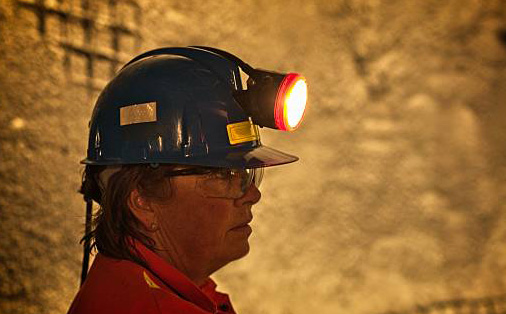






 HOME
HOME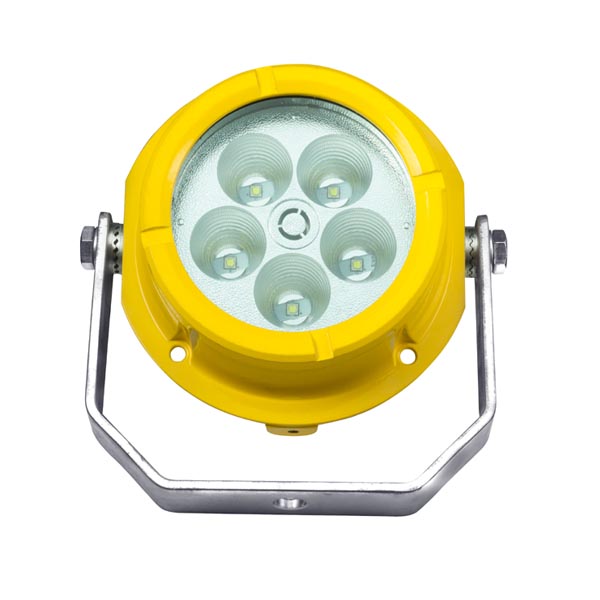
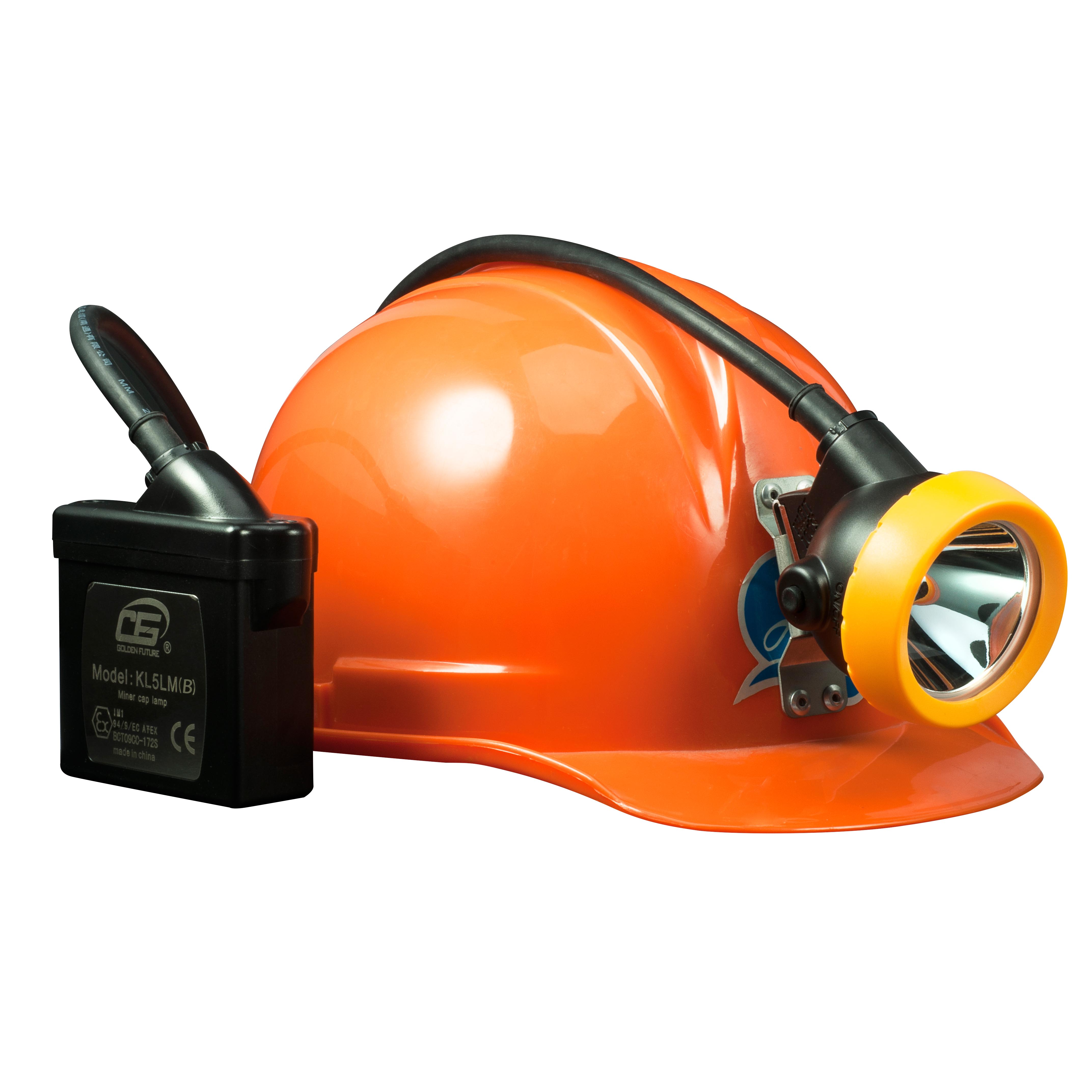

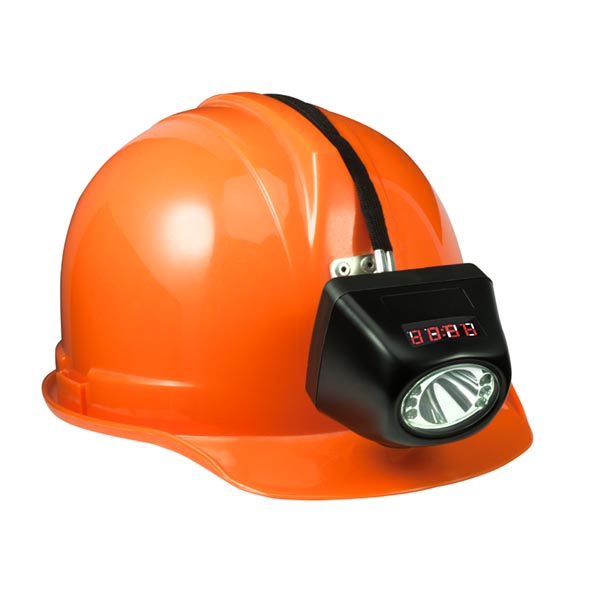
 the history of mining light
the history of mining light  You May Also Like
You May Also Like
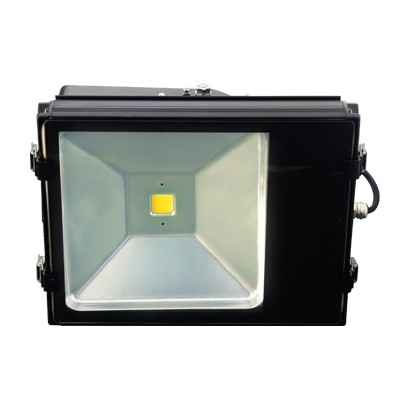


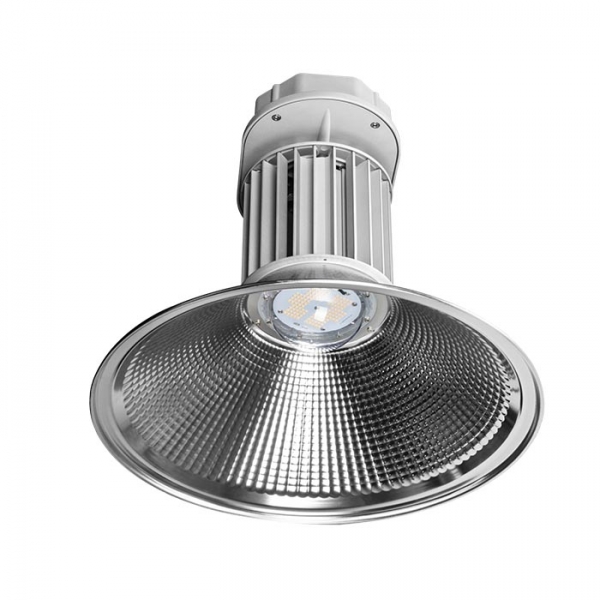
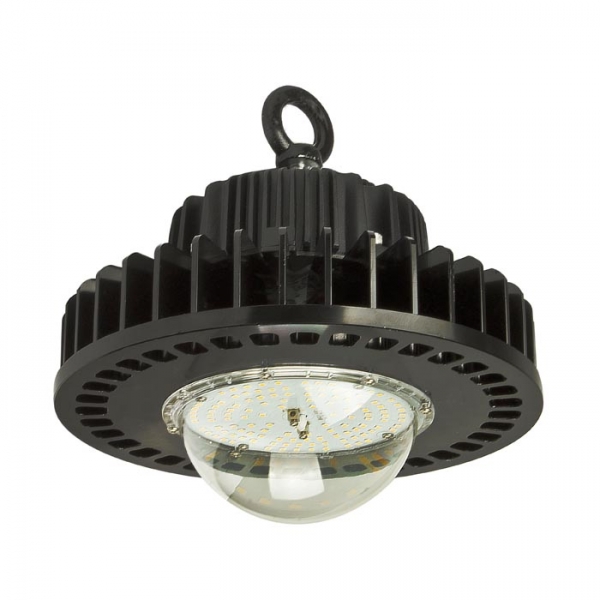
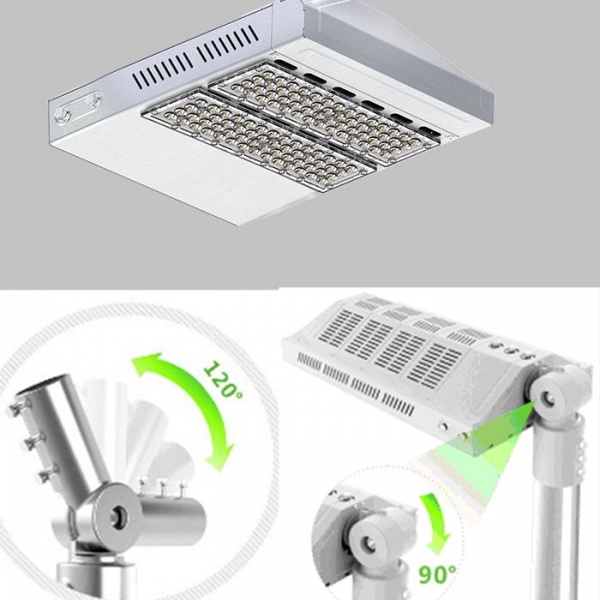






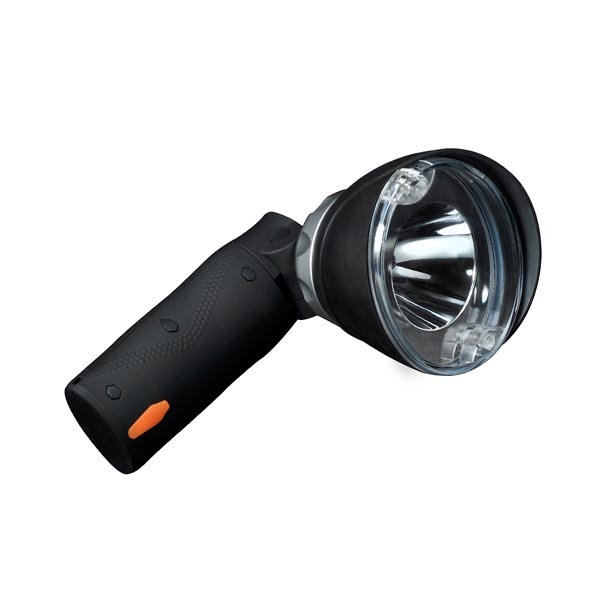
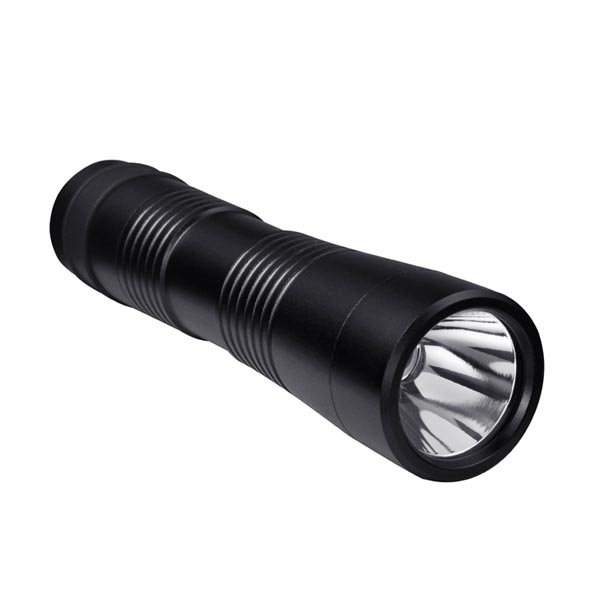
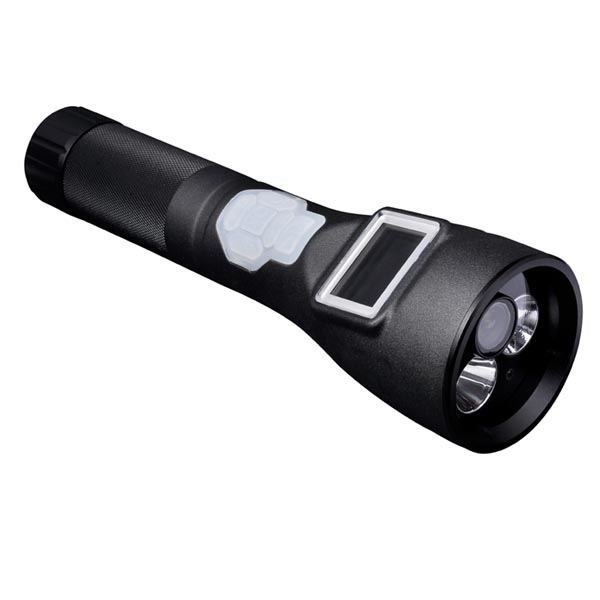
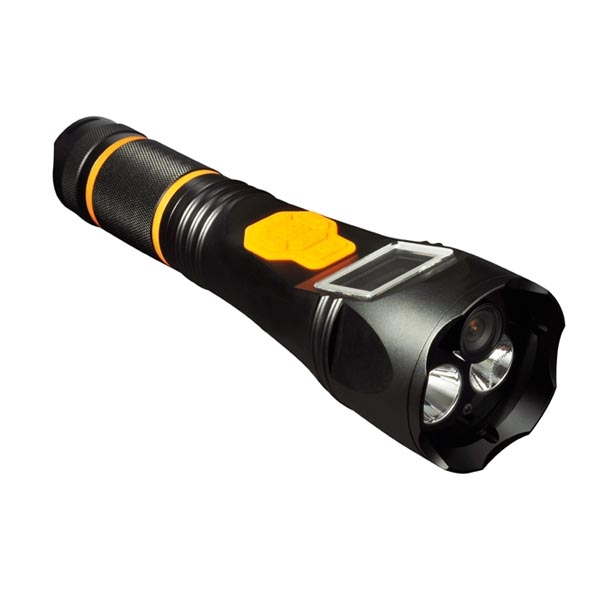
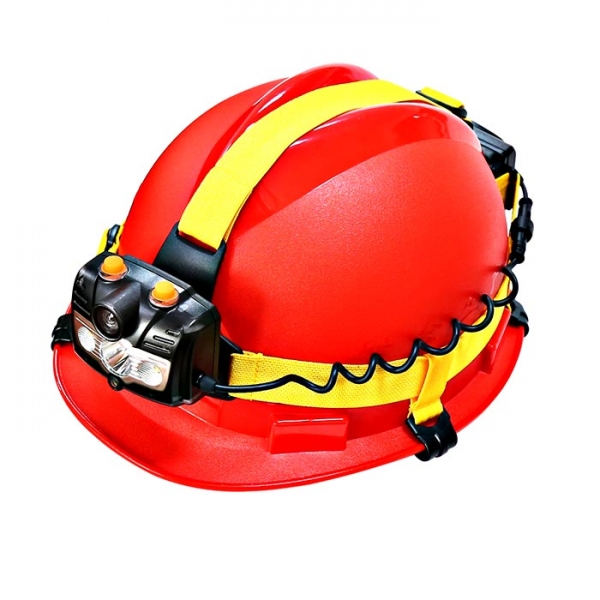
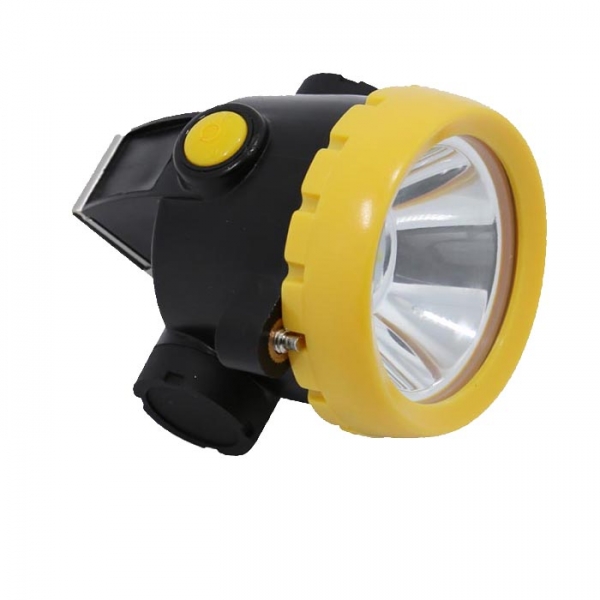
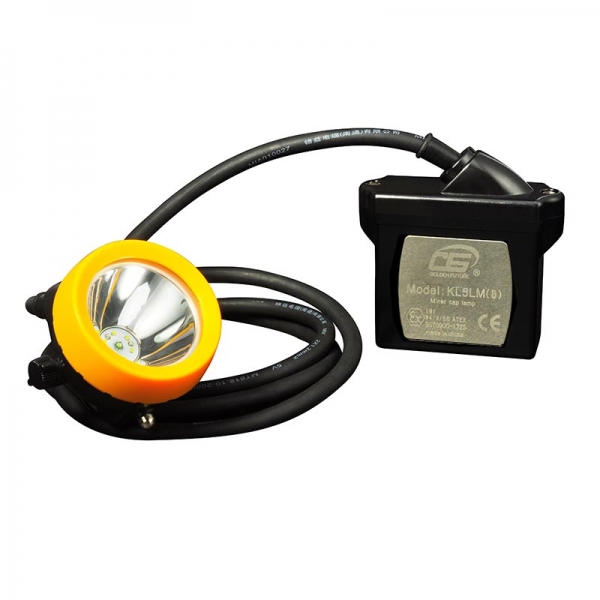
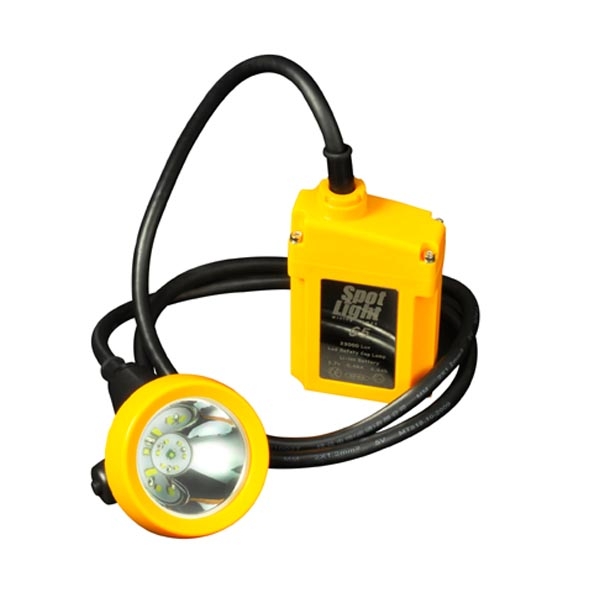
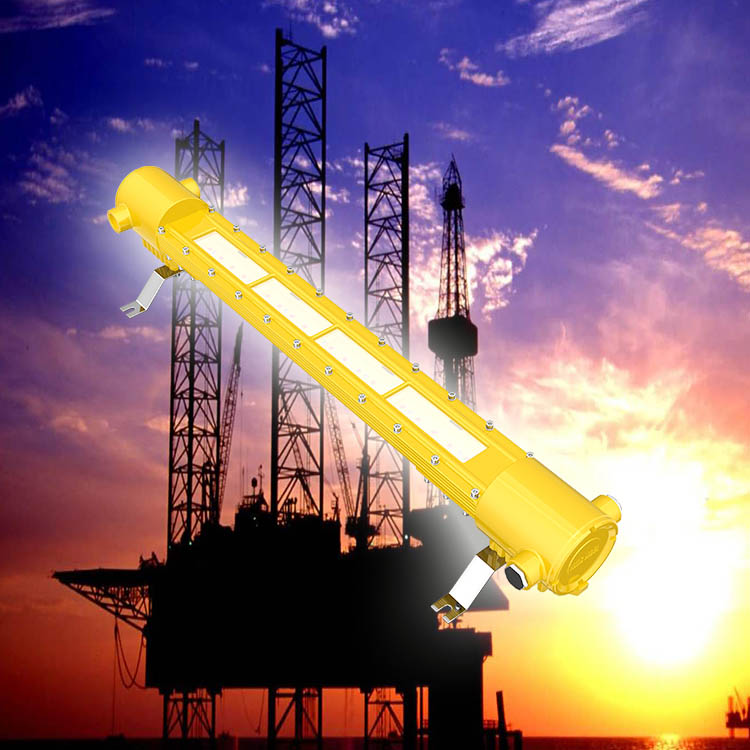

 Tel
Tel
 Email
Email
 Address
Address





